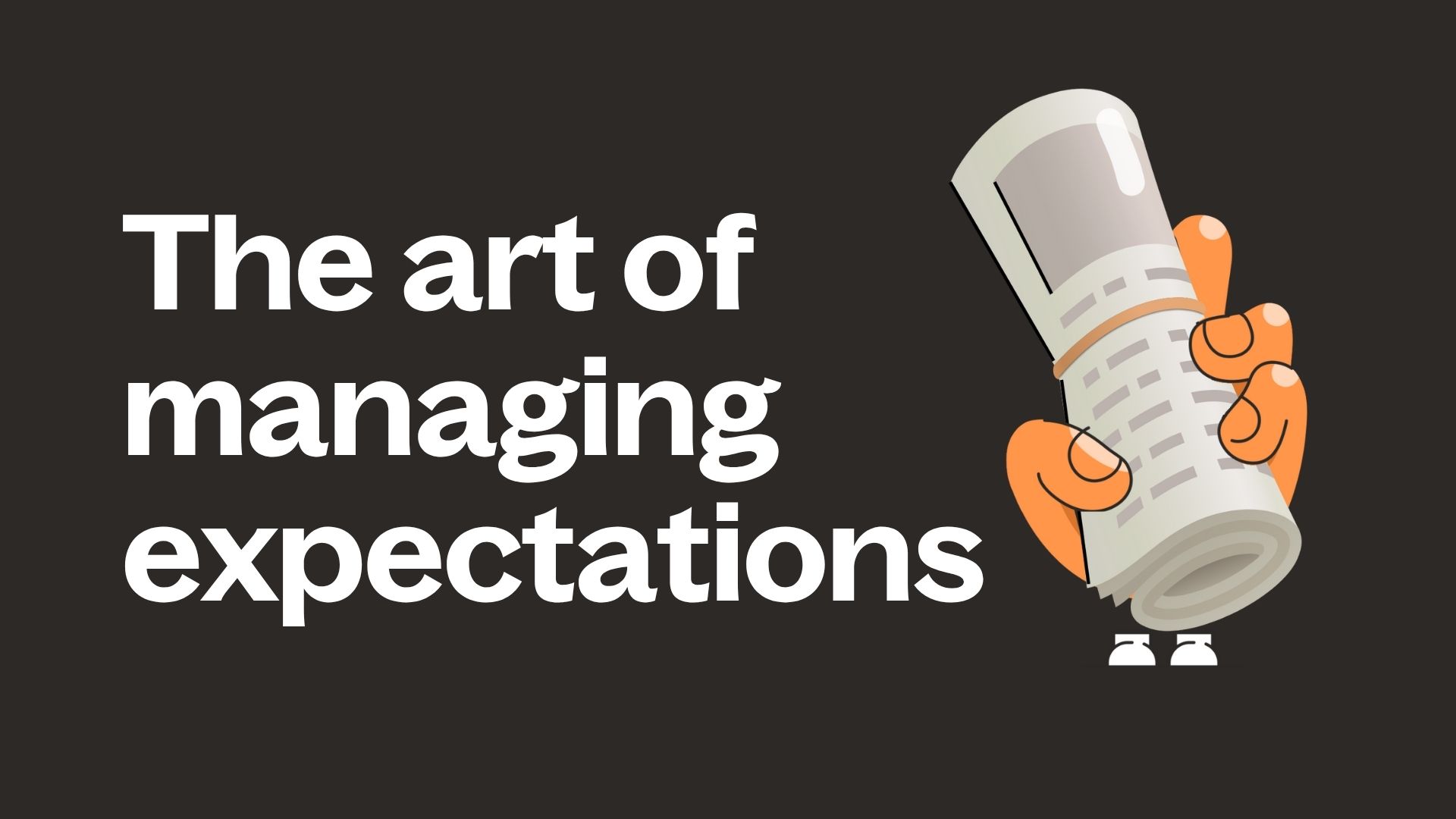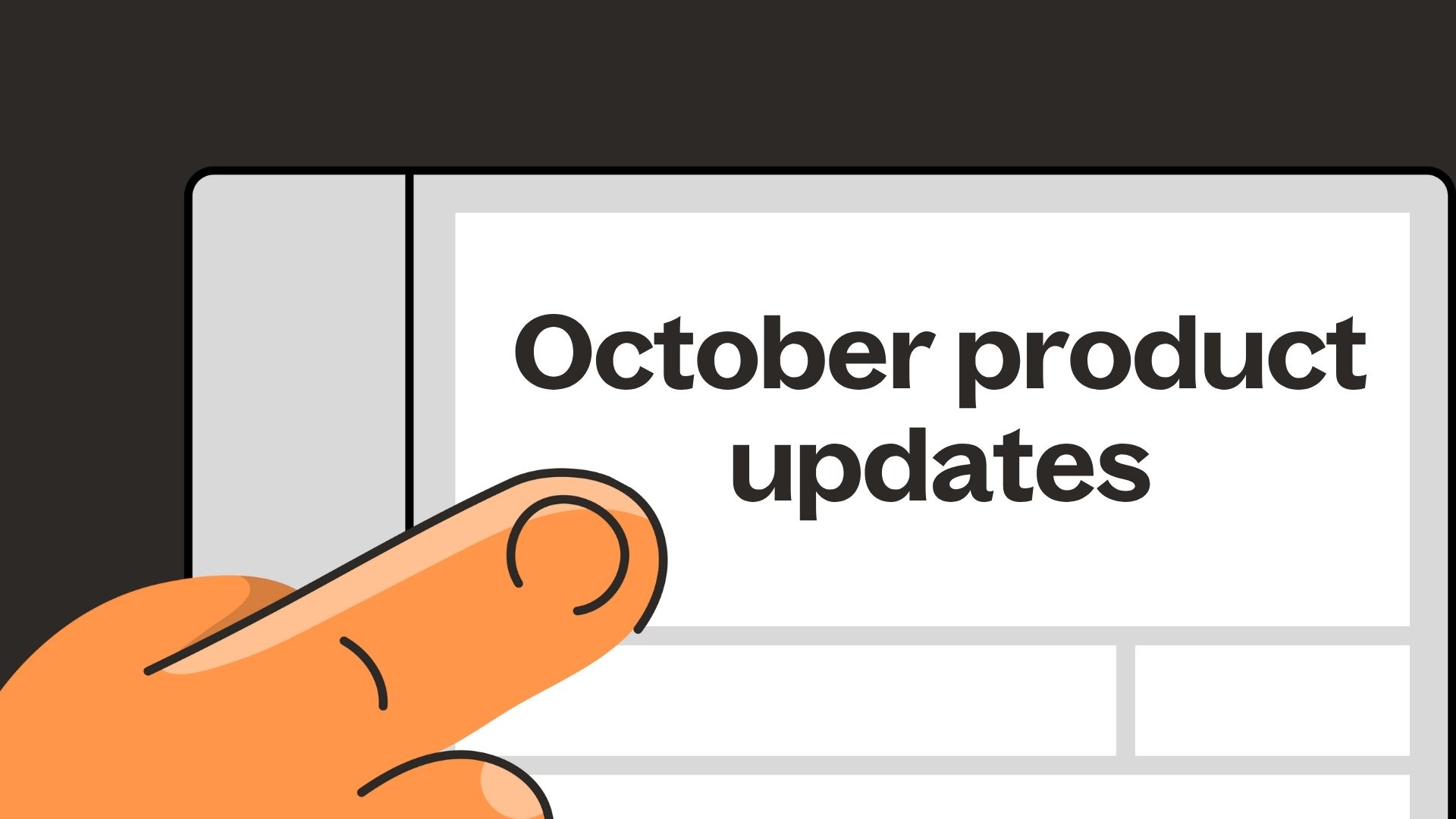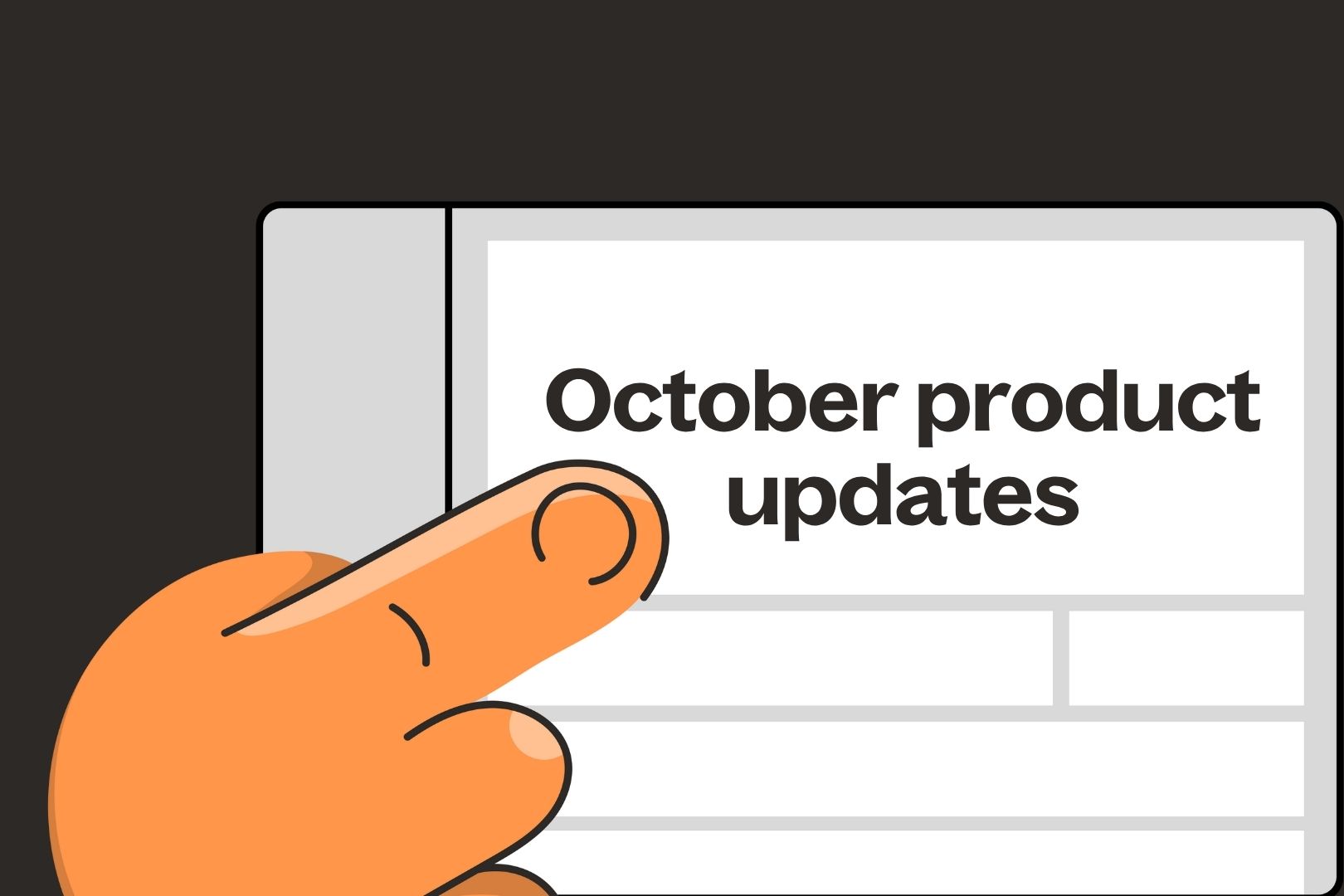When residents report issues but don't understand your response timeline or process, frustration often follows.
Use clear communication to bridge the gap between your team's hard work and how residents perceive your service.
In this edition of the Scoop we’ll explore:
- Why setting the right expectations is core to customer experience
- How Noosa Shire Council turned anticipated reporting volume into community understanding
- Your ready-to-deploy toolkit for managing wild weather reporting (with templates)
The power of setting the right expectations
High-quality customer experience isn't just about solving problems, it's about the difference between expectations and reality throughout the process. Being responsive is more than quick reactions; it's also about creating a transparent, predictable journey that builds trust with your residents.
Quick win: When receiving requests, provide a prompt response with timeframes to dramatically improve satisfaction. These can even be templated for efficiency.
❌ "We've received your request and will update you shortly."
✅ "For this type of request, we usually respond within 48 hours. If urgent action is required, please call."
Research from Gartner shows that exceptional customer experiences happen when organisations anticipate customer needs. Understanding that customers may follow up or send another request if they’re unclear on the next steps and timing, can help create positive customer journeys - even when the issue can’t be fixed quickly.
Set clear expectations and lay the foundations for improved customer satisfaction ratings - without more resources or faster solves.
How Noosa anticipated community needs
When wild weather strikes, the rapid inflow of requests can quickly become overwhelming. Noosa Shire Council demonstrated how strategic communication can guide community expectations during challenging times.
What they did: During recent flooding, Noosa outlined dedicated reporting channels for storm damage and deployed pre-written status updates across their channels. They clearly communicated:
1. Weather patterns and how to stay safe and updated
2. Best reporting channels for expected issues
Setting appropriate expectations during these high-demand periods allows teams to maintain service quality when residents needed it most.
.png)
By guiding residents in anticipation of an influx of requests, councils can:
- Streamline issue triage and prioritisation
- Manage high-volume reporting more efficiently
- Ensure critical information reaches the right teams quickly
Proactive communication turns potential chaos into coordinated community resilience.
Wild weather toolkit: Communication when it matters most
During critical moments, effective communication can prevent breakdowns.
Implementation checklist:
1. Set up dedicated reporting categories for weather events
2. Prepare your communication templates before they're needed
3. Establish clear internal protocols for priority assessment
4. Configure automated status updates for common issues
Our toolkit helps to prepare streamlined communications and request management processes in advance, allowing you to adapt quickly and focus on being responsive to community needs during weather emergencies.





Stay in the loop with insights that matter
Sign up for exclusive research, industry insights, and updates tailored for Solvers on the Snap Send Solve platform.









